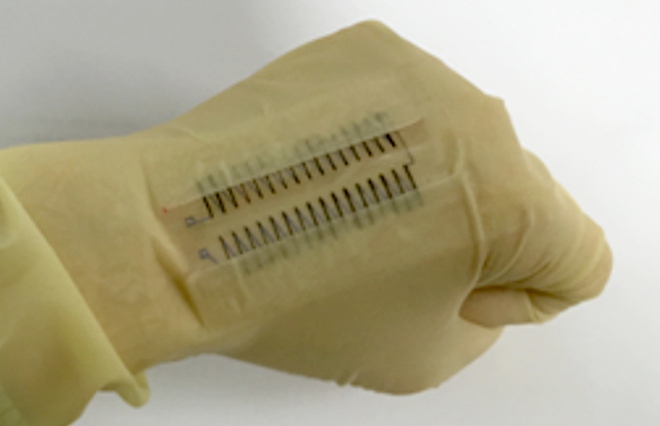Taking advantage of the heat generated by the Earth’s cooling process, tough solar cells can generate electricity.
Solar cells are still touted as one of the most important technologies in power generation due to their ability, in theory, to generate endless amounts of energy. In fact, the solar cell is only active during the day, even requiring enough sunlight to generate electricity. To solve the problem of “creating clean energy at night”, scientists have found a new solution.
New technology called anti-solar panel, roughly translated as solar resistor-battery. It does not use sunlight to operate, but can generate electricity from the heat released by the Earth into the atmosphere as it cools down each night. Electricity is produced from heat using a thermoelectric generator.
Generators can transform heat into electricity through a thermoelectric effect: the temperature difference between two conductors / superconductors can make a difference in their voltage, i.e. potentially generate electricity. A team of scientists from Stanford University took advantage of this effect to generate 2.2 watts of electricity per square meter of resistance to solar cells; they installed the system on a test roof to prove that the technology works.
The 2.2 watts figure isn’t much, but it’s still a remarkable number considering that the solar-powered system only uses the heat produced by the Earth during the night to generate energy. electricity. According to the scientists behind the system, solar-resistant panels can illuminate cities at night at low cost.
This research group is not the first to test solar resistance technology: Earlier this year, another team at the University of California, Davis, built a solar cell capable of producing electricity at night. without the need for sunlight.
“You have thermal energy from the Sun to Earth and the solar cell is going to collect that energy. So basically you need two objects with heat,” said Jeremy Munday, author of the study. Different degrees and a number of ways to convert this energy source So what this device works at night is similar: we need a body as hot as Earth and a body as cold as space . Because heat travels from Earth to space. So we can take this heat source and convert it into electricity. “
But Stanford scientists are convinced their solar cell resistance system is more efficient than previous experiments and can generate up to 120 times more energy than older systems. They point out how easy it is to scale the system, because a thermoelectric generator is only a small part of the powerhouse.
A device that tests the production of electricity using heat radiated by the body.
The resistance of solar cells can “live well” in sunny places, because even when the sun is out, the amount of heat in the air is still plentiful, sufficient to run the generator. However, at present, this technology is still hypothetical.
“We’re developing a generator for people – that can power developing areas, rural areas far from the center,” the Stanford team said. But neither their work nor the team at the University of California at Davis are a reliable source of electricity for the near future: Jeremy Munday’s system produces only a fraction of the electricity compared to a solar panel. . The sun is conventional and Munday also claims that solar power is the result of decades of research, while solar cell resistance is still an early technology.
But if the development goes well, these solar cell resistant panels could solve the problem of wasted heat on industrial production lines. It is even possible to install them on the roof, not unlike current solar cell technology, but with the potential to generate electricity 24/7.
The energy industry will see many more breakthroughs in the future, wait and see.
pays



